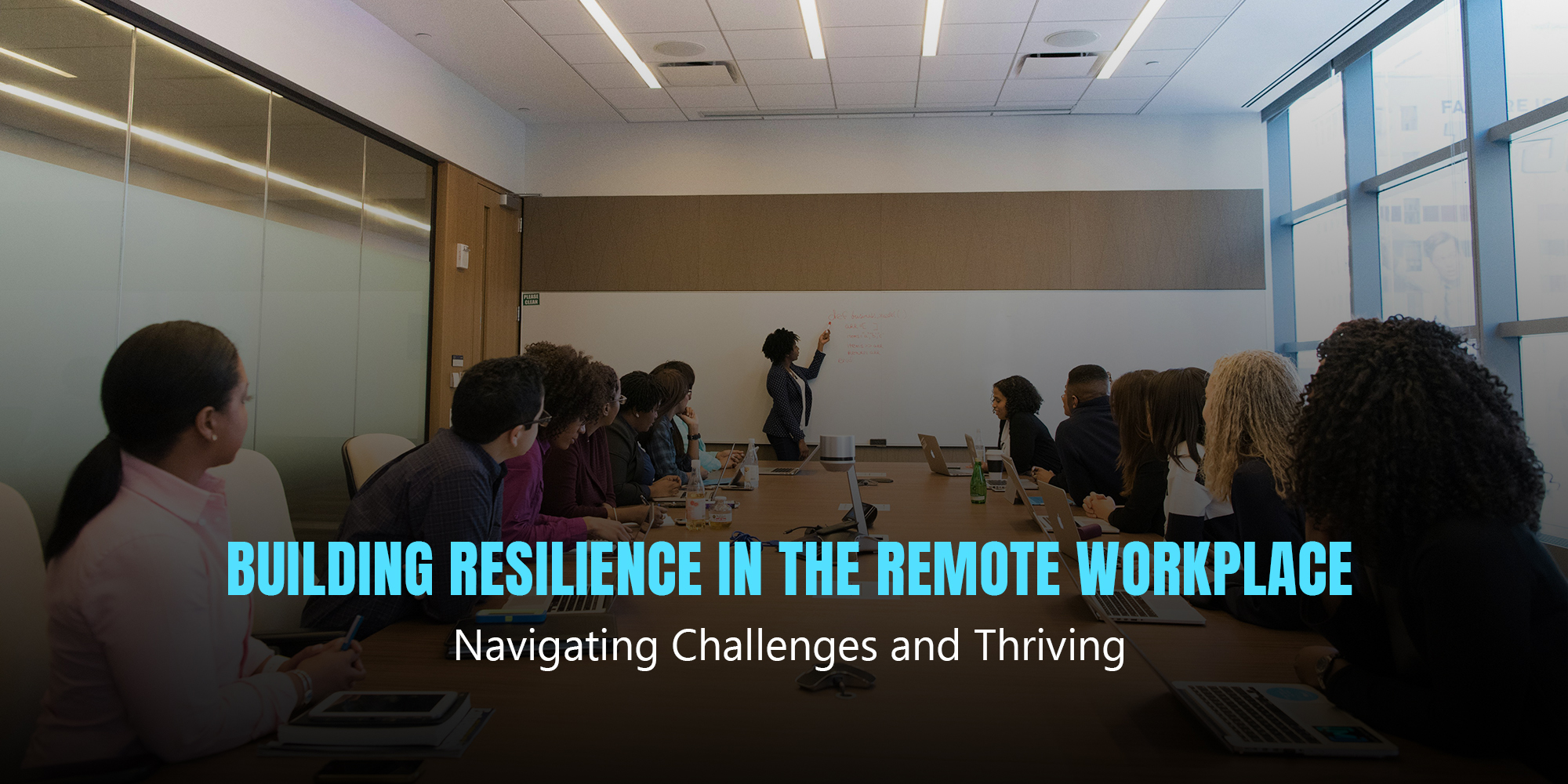
Introduction
Have you ever felt a sense of stagnation within your organization? Perhaps once-sparkling ideas have become routine procedures, and the innovative spirit seems to have waned. Fear not! Fostering a culture of innovation isn’t reserved for tech giants; it’s a strategy readily available to organizations of all sizes and industries. By implementing key strategies and fostering an environment that encourages creative thinking, you can unlock the immense potential within your team and propel your organization forward.
The Competitive Advantage of Innovation
In today’s dynamic business landscape, innovation is no longer a buzzword; it’s a critical driver of success. Here’s how a culture of innovation can benefit your organization:
- Enhanced Problem-Solving: Creative thinking equips teams to tackle challenges from diverse perspectives, leading to more effective and sometimes unconventional solutions. A willingness to experiment fosters an environment of continuous learning and growth.
- A Differentiating Edge: Innovative organizations stay ahead of the curve. By embracing new ideas and exploring emerging technologies, you can differentiate your products or services, solidifying your position as a leader within your field.
- Employee Engagement and Retention: Employees crave a sense of purpose and intellectual stimulation. A culture that encourages creativity fosters engagement, as individuals feel empowered to contribute their unique ideas and expertise. This, in turn, leads to a more productive and motivated workforce, fostering higher retention rates.
Strategies for Cultivating an Innovative Workplace
Now that we understand the significance of innovation, let’s delve into actionable strategies you can implement to ignite a spark within your team:
- Empowering Experimentation: Encourage calculated risk-taking. Allocate a portion of resources to explore fresh ideas, even if they seem unconventional at first glance. This fosters a “fail-forward” mentality, where even unsuccessful attempts provide valuable learning experiences that inform future endeavors.
- Embracing Diversity of Thought: Innovation thrives on a variety of perspectives. Assemble teams with individuals from diverse backgrounds, experiences, and skill sets. This fosters a rich exchange of ideas and leads to well-rounded solutions that consider a wider range of factors.
- Creating Collaborative Spaces: Silos stifle creativity. Designate collaborative work areas or encourage team-building activities that break down departmental barriers. When people from different departments freely exchange ideas and perspectives, innovation flourishes.
- Celebrating Innovation at All Levels: Recognition fuels motivation. Celebrate successful innovations, regardless of scale. Acknowledge both large-scale projects and smaller process improvements. This reinforces the value of creative thinking and encourages continued ideation across all levels of the organization.
- Investing in Continuous Learning: A stagnant knowledge base hinders innovation. Support ongoing professional development opportunities for your team. Encourage participation in workshops, conferences, or online courses that keep them abreast of industry trends and expose them to new ways of thinking.
Conclusion
Remember, fostering a culture of innovation is a continuous journey. There will be setbacks, but by strategically incorporating these strategies and leading by example, you can transform your workplace into a breeding ground for creative thinking. As innovation thrives, your organization positions itself for long-term success, attracting and retaining top talent, and remaining competitive in an ever-evolving market. So, unleash the creative potential within your team, and watch your organization flourish! Together, let’s turn innovative ideas into reality and propel your company towards a brighter future.








